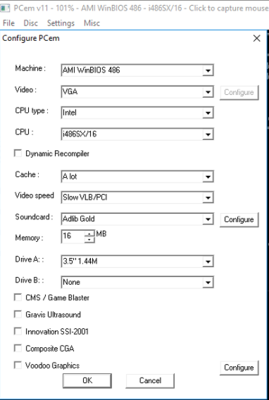Reply 20 of 167, by binarymaster
- Rank
- Newbie
wrote:Would it be possible to implement the option of saving the music notation data in either HERAD version 1 or version 2?
MIDIPLEX uses special variables to distinguish between two versions of HERAD. I'm planning to add internal variable editor for it.
wrote:I also noticed that when converting a MIDI file to HERAD, the pitch bend events still have both the MSB and LSB bytes.
MIDI files doesn't contain HERAD instruments (which is obvious), so MIDIPLEX saves these HERAD files in M32 format (LA32 chip - MT-32, LAPC-I).
However you can workaround this:
1. Open your MIDI file, copy needed events to clipboard.
2. Open HERAD file and paste events to the needed track.
3. Save it to different file.
This should work. 😀
by Stas'M
